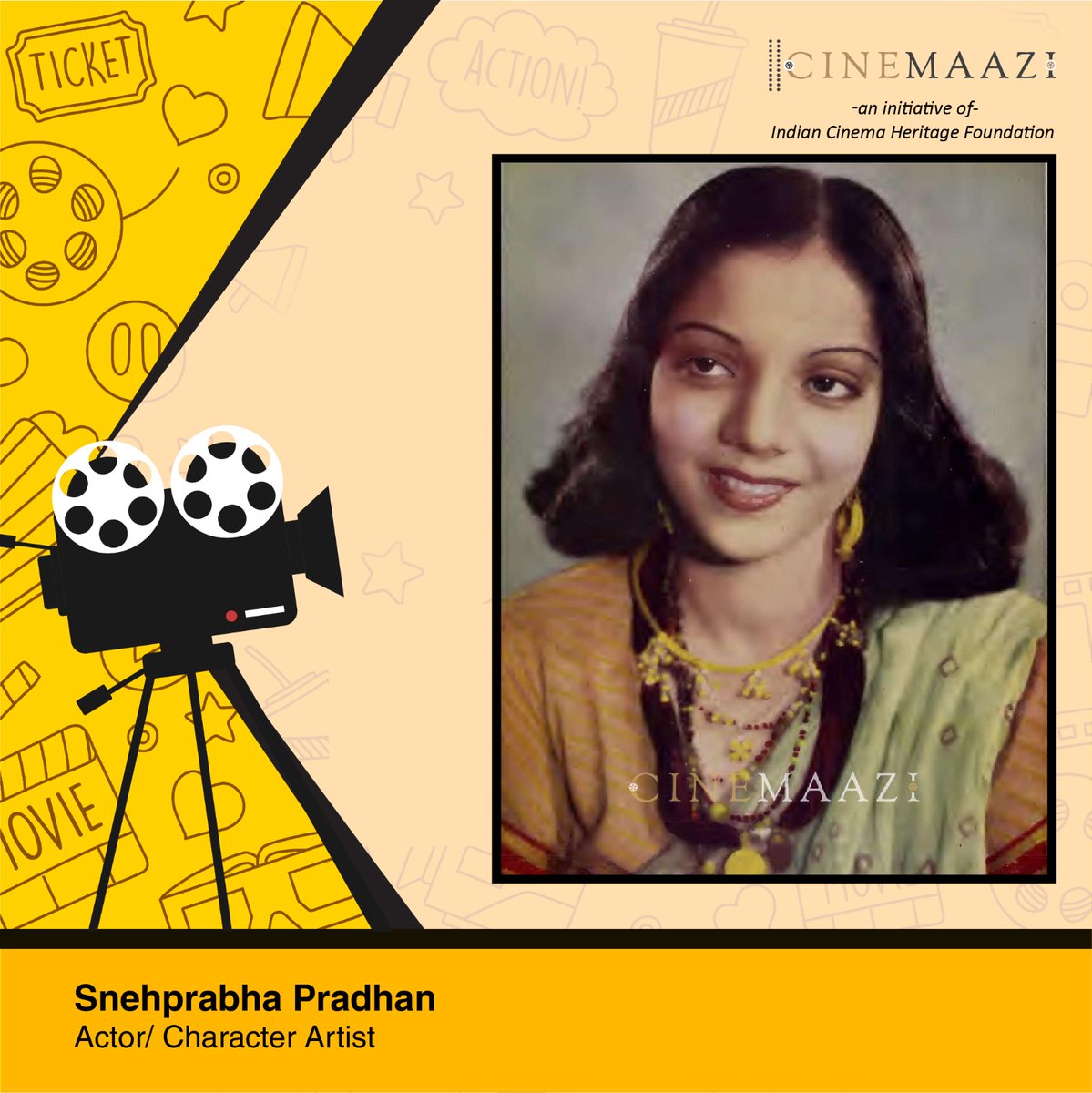
Charismatic and elegant, Motilal reached the heights of his career by playing memorable roles in films such as Silver King (1935), Lagna Bandhan (1936), Jagirdar (1937), and Dr Madhurika (1935). All of these films were box-office hits and, in the later phase of his career, he 

played the iconic conman in SS Vasan’s Mr Sampat (1952), the rakish and debauched Chunnilal in Bimal Roy’s Devdas (1955) and also villainous roles in films such as Paigham (1959) and Anari (1959). After ending his stint with Sagar Movietone, he joined Ranjit Movietone and starred
in Achhut (1940) as a Dalit man, a role he carried out so elegantly that audiences forgot the suave and debonair man whom they had been used to seeing in cinemas. A notable character artist and a multi-talented personality, he also jumped into other aspects of filmmaking and
directed a few films in the 1960s. To read about his works and achievements, click on the link below.
cinemaazi.com/people/motilal
#socialsfrommarch #cinemasecinemaazitak #sabkimaacinema #rewindrelivethemagic #filmylogfilmybaatein
cinemaazi.com/people/motilal
#socialsfrommarch #cinemasecinemaazitak #sabkimaacinema #rewindrelivethemagic #filmylogfilmybaatein
• • •
Missing some Tweet in this thread? You can try to
force a refresh






